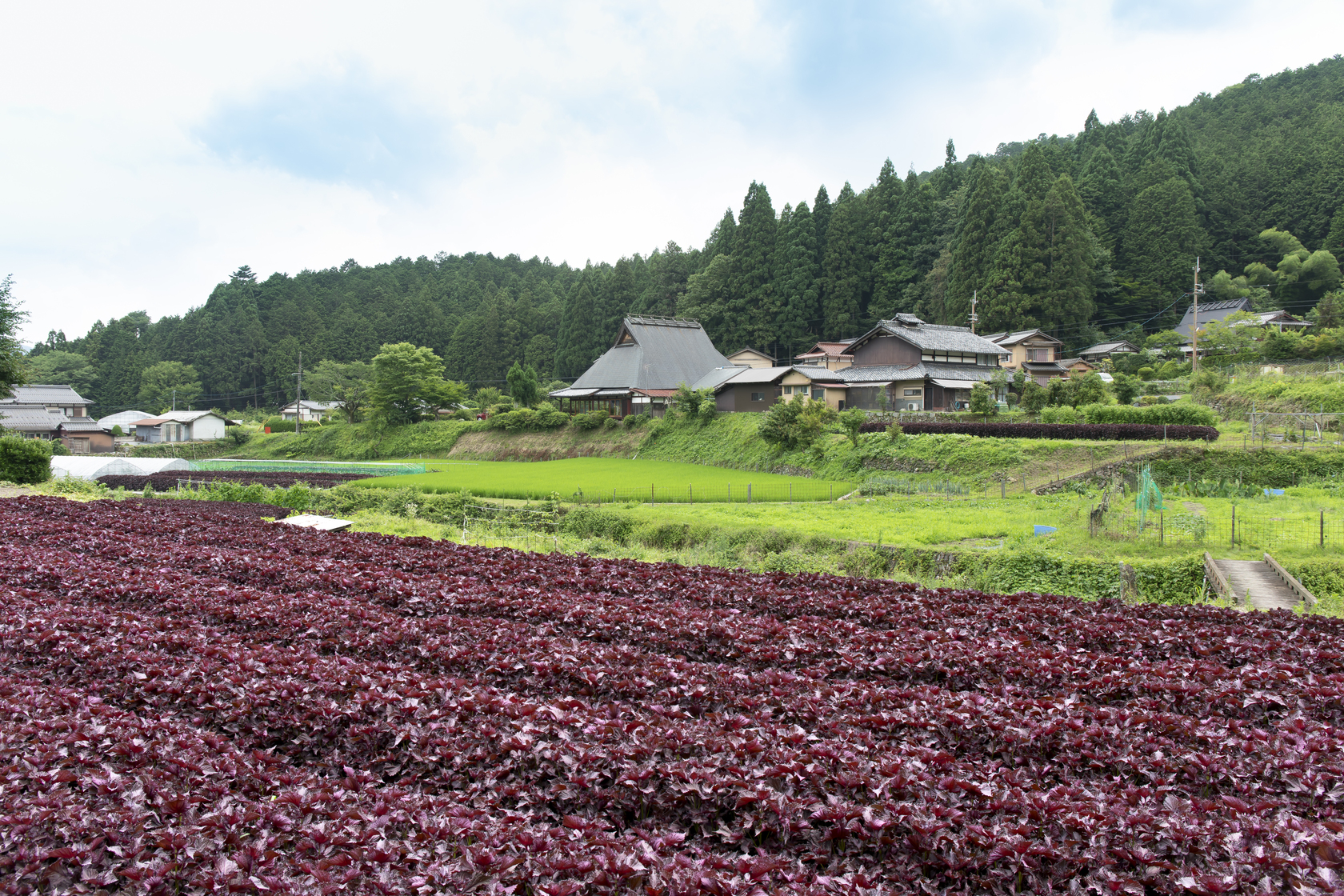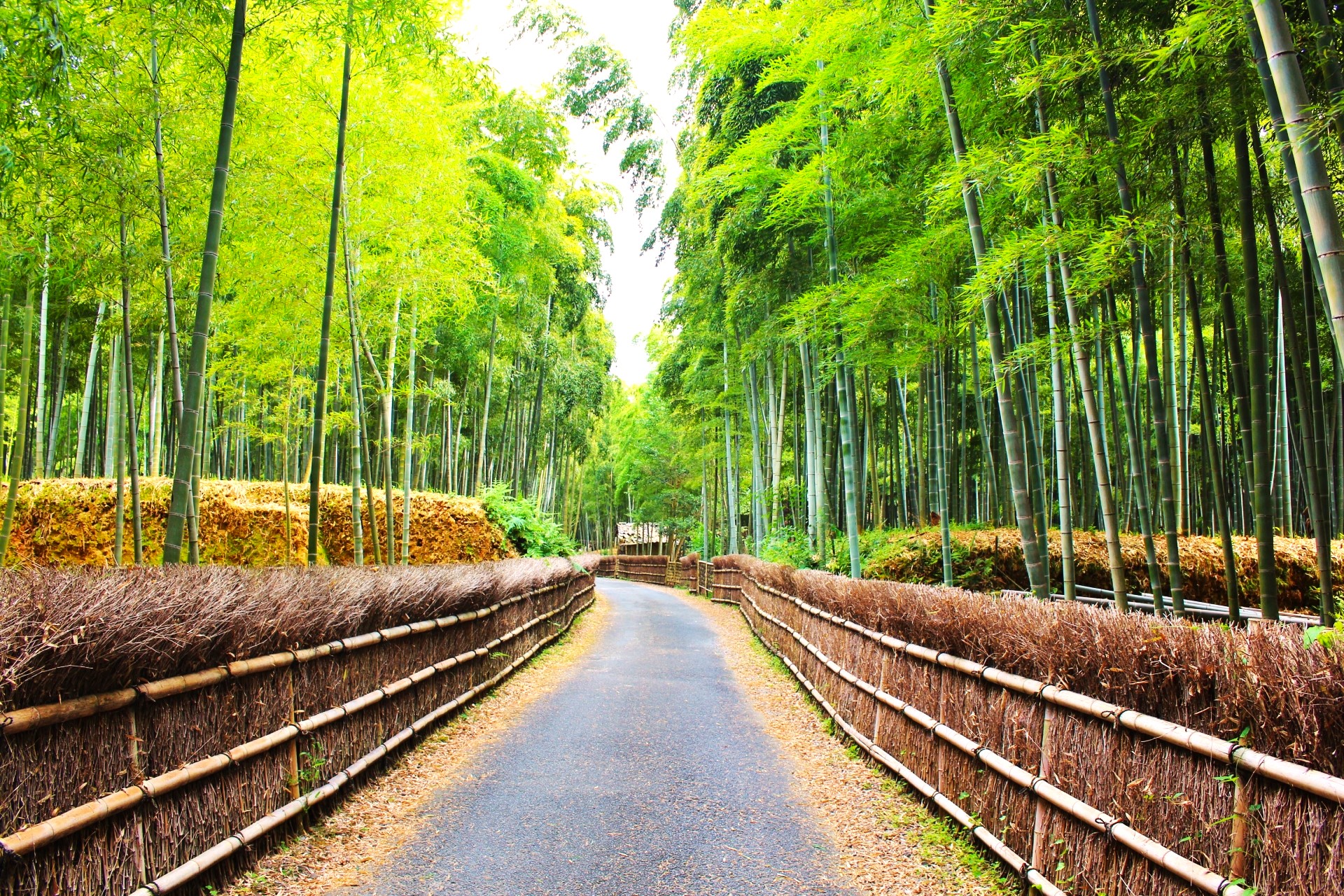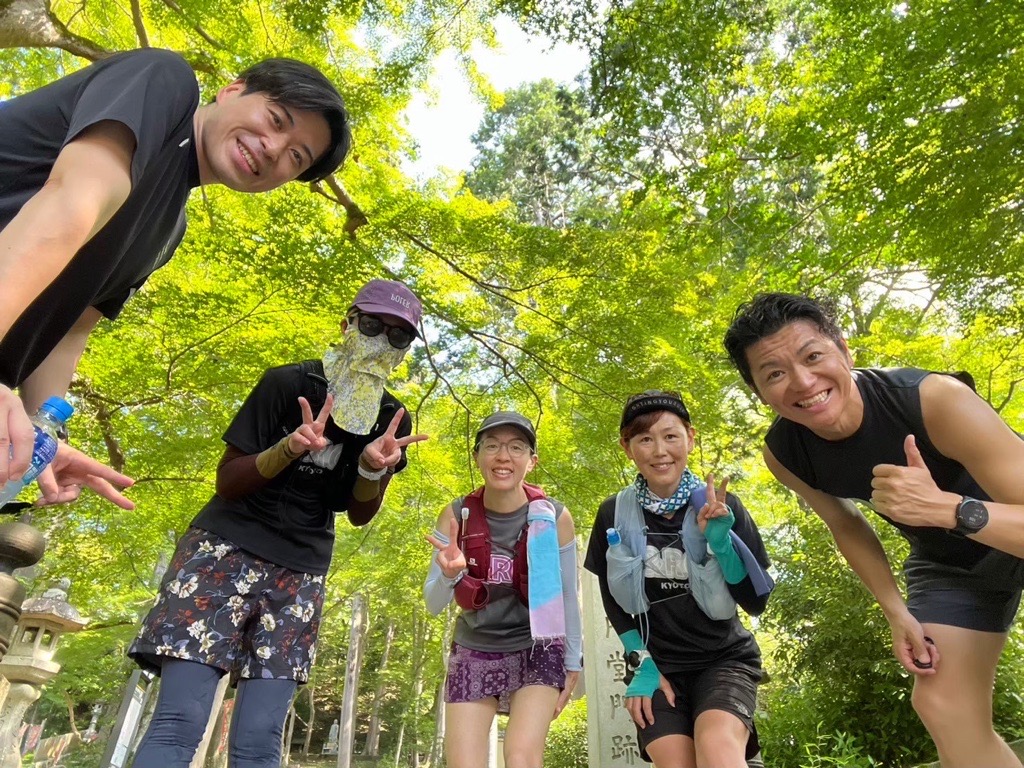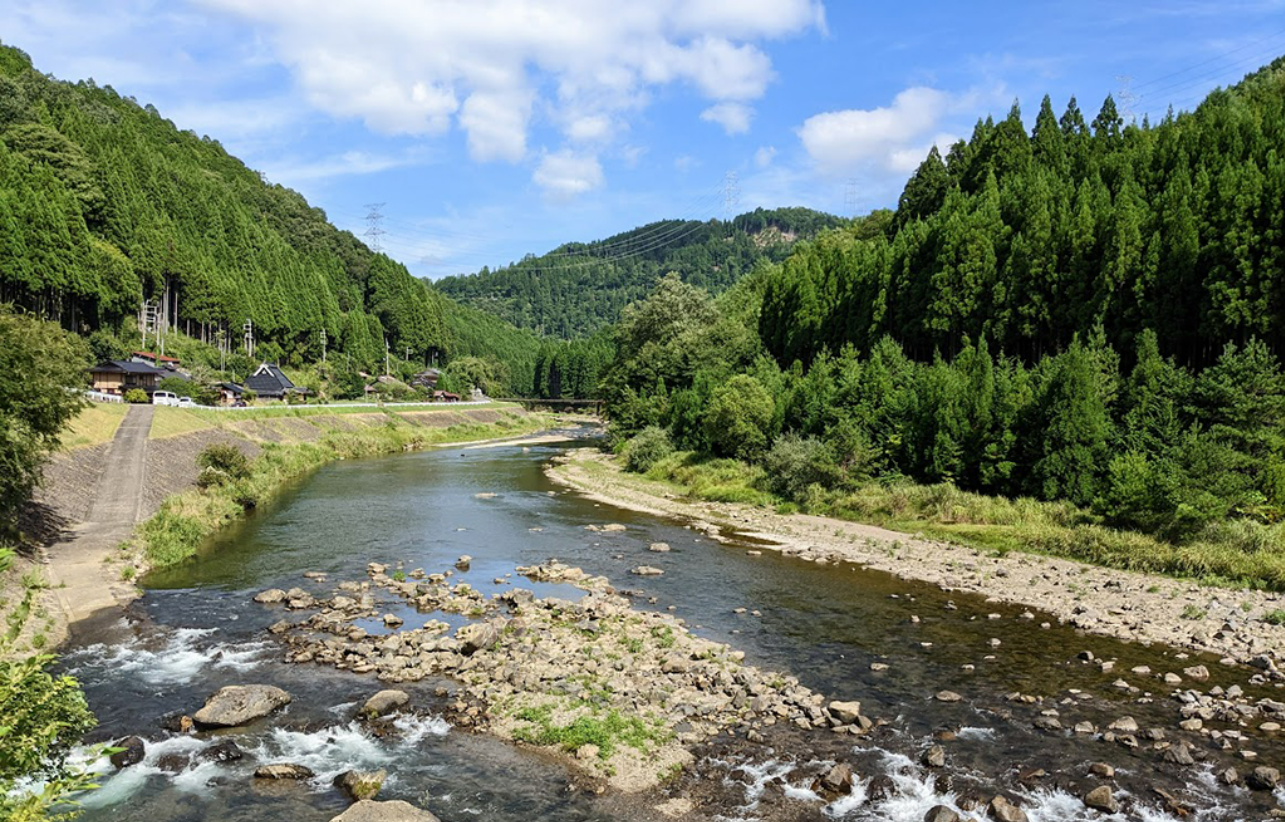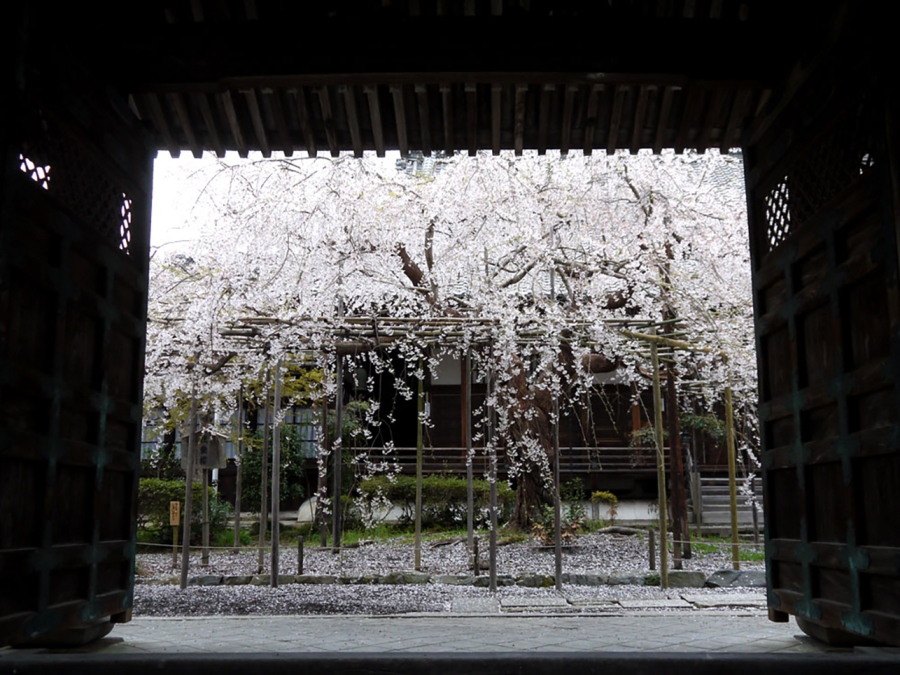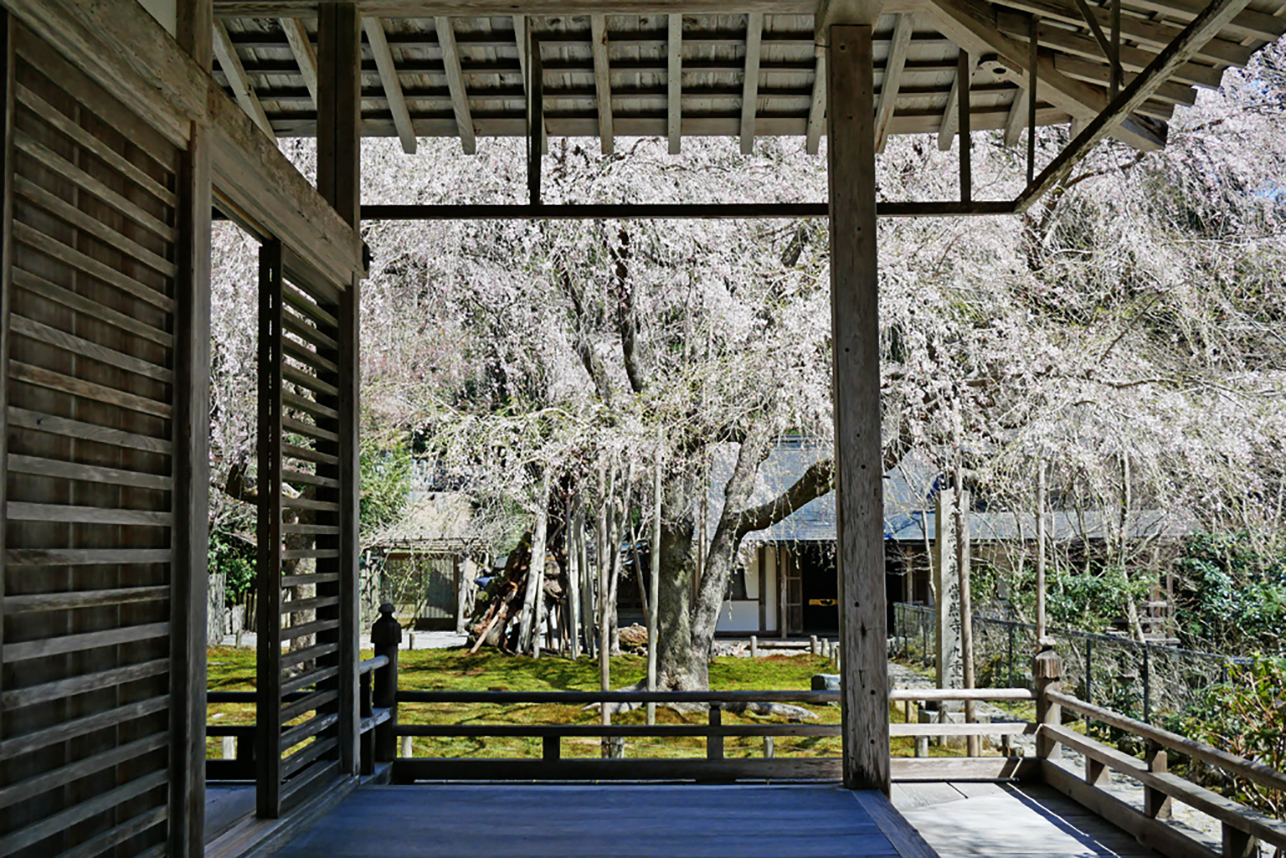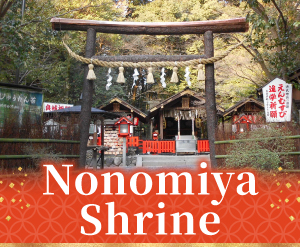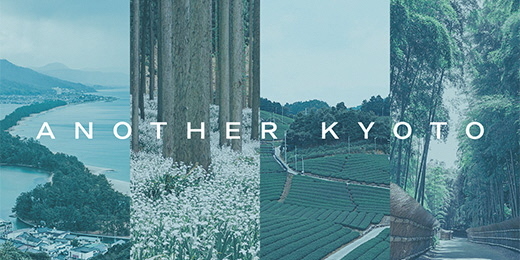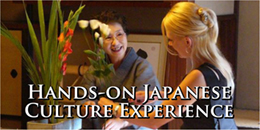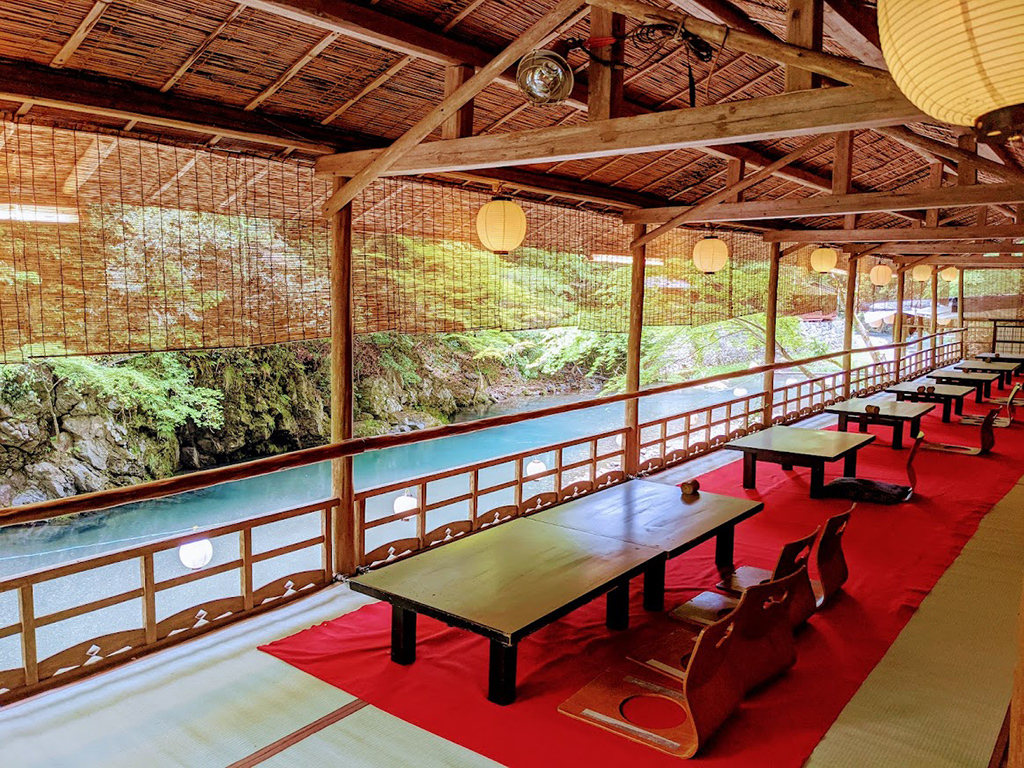
“TOTTEOKI” Hidden Gems of Kyoto
About Takao
Takao is a scenic mountainous area where visitors can enjoy seasonal scenery of cherry blossoms and azaleas in spring, green maples in summer, colored leaves in autumn, and snowy landscape in winter. The Kiyotaki River flows through the mountains, and ancient temples with a history of more than 1,000 years have preserved and handed down valuable cultural assets.
<Access to Takao>
Approx. 60 min. by JR Bus from Kyoto Station. It is also possible to access by taking the Kyoto City Bus #8 from Shijo Karasuma Station.
Kawadoko Riverside Dining
From early summer through autumn, a special dining experience called “Kawadoko” is set up along the clear waters of the Kiyotaki River. Reservations are required for dinner while for lunch, it is possible to come without a reservation, as long as there are available seats. Some restaurants offer a pick-up service from Kyoto Station and major hotels. At Momijiya, dinner on Fridays, Saturdays, and Sundays include a talk with a maiko, a Kyoto-style dance performance, and a photo session.

Green Maple
Takao is famous for its spectacular autumn foliage, but visiting the area during the beautiful green maple season is also highly recommended. It is less crowded and visitors can enjoy a relaxing visit and walk around the temple. The stone steps leading to Jingo-ji Temple and the maple trees along the Kiyotaki River look like a green tunnel.
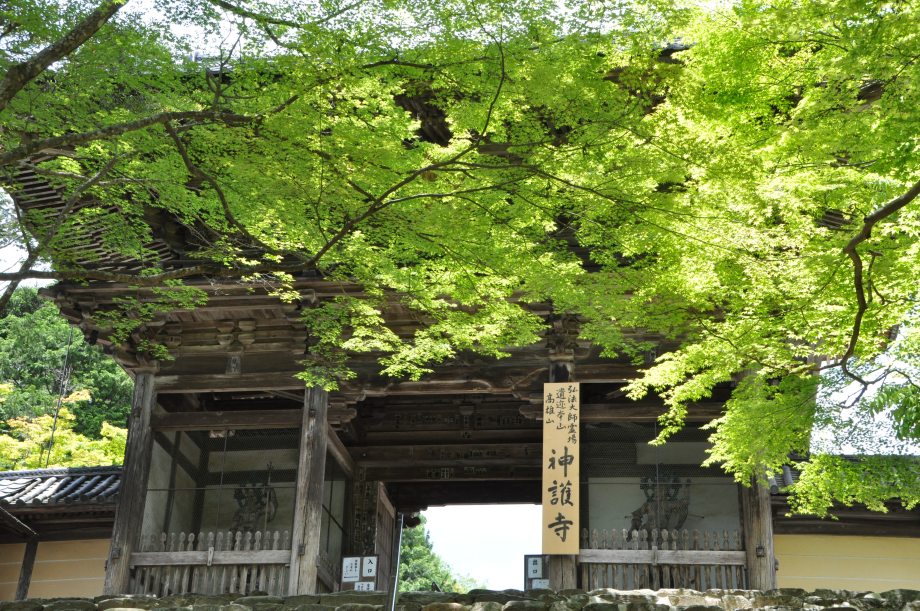
Kosan-ji Temple
Kosan-ji Temple, a World Heritage Site, is home to approx. 10,000 National Treasures and Important Cultural Properties. This temple is famous for its possession of “Scrolls of Frolicking Animals and Humans,” said to be the oldest example of a cartoon in Japan, as well as being known as the birthplace of tea cultivation in the country. Nearby, you can find a tea plantation with a monument that reads “The oldest tea plantation in Japan.”
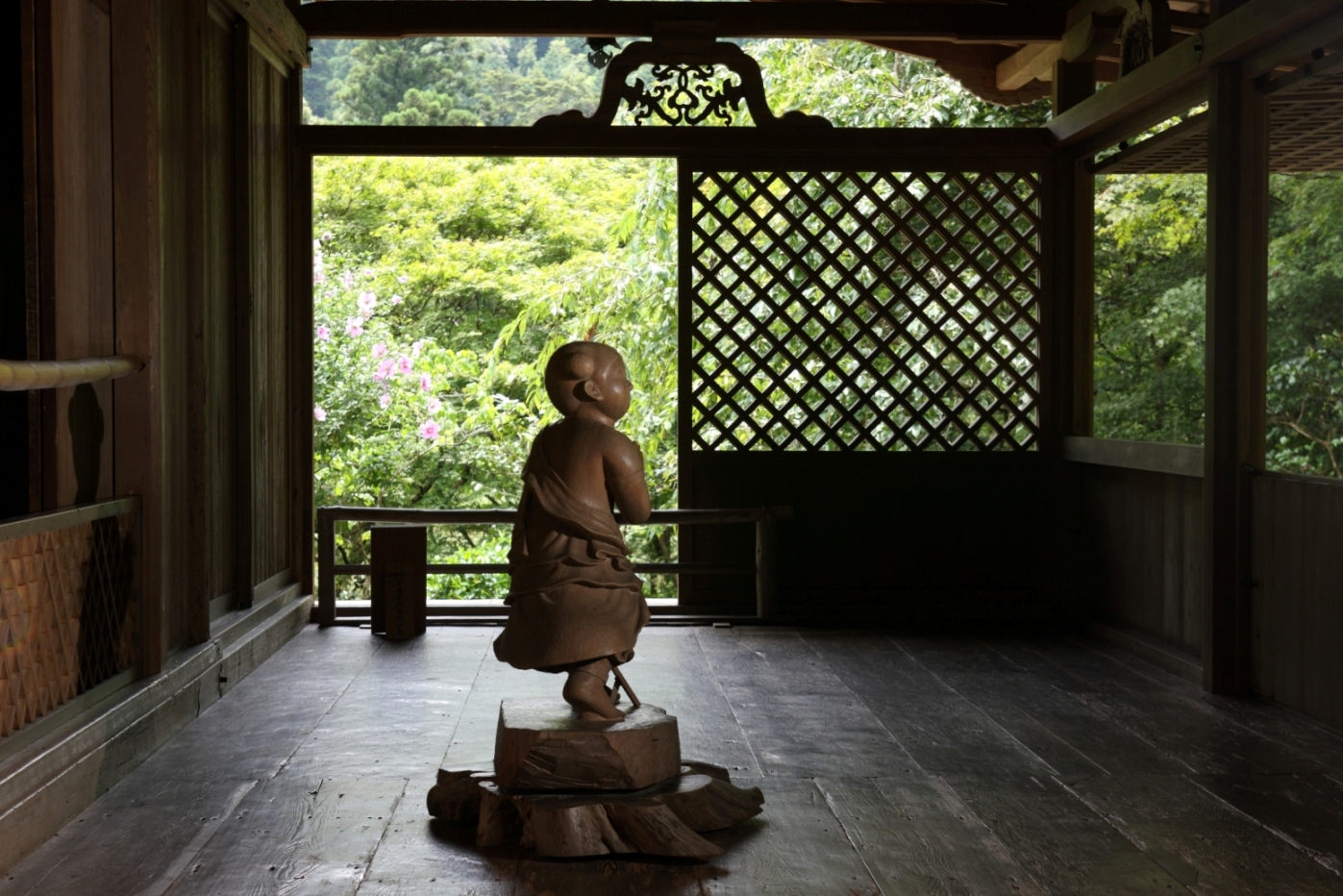
Kosan-ji Temple
